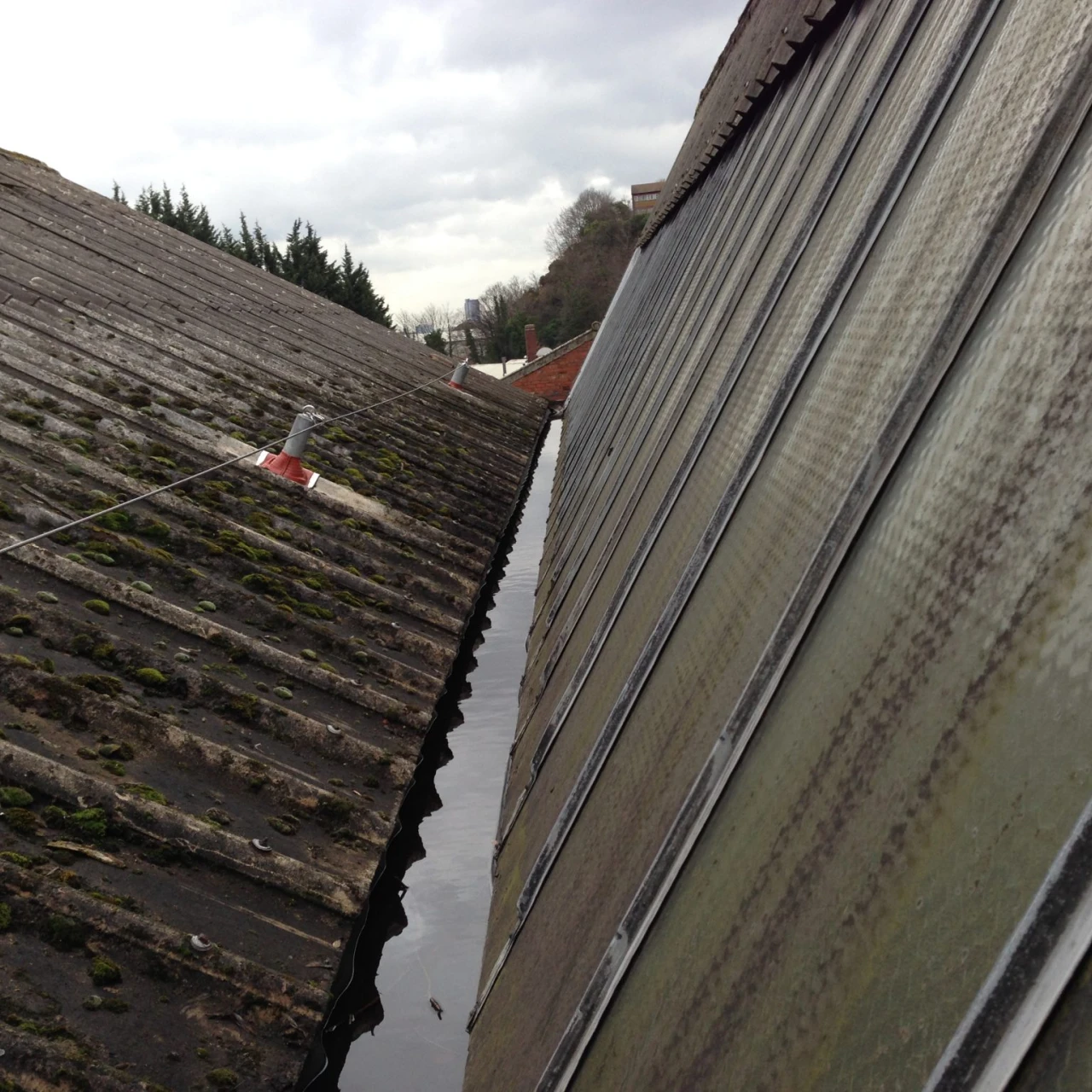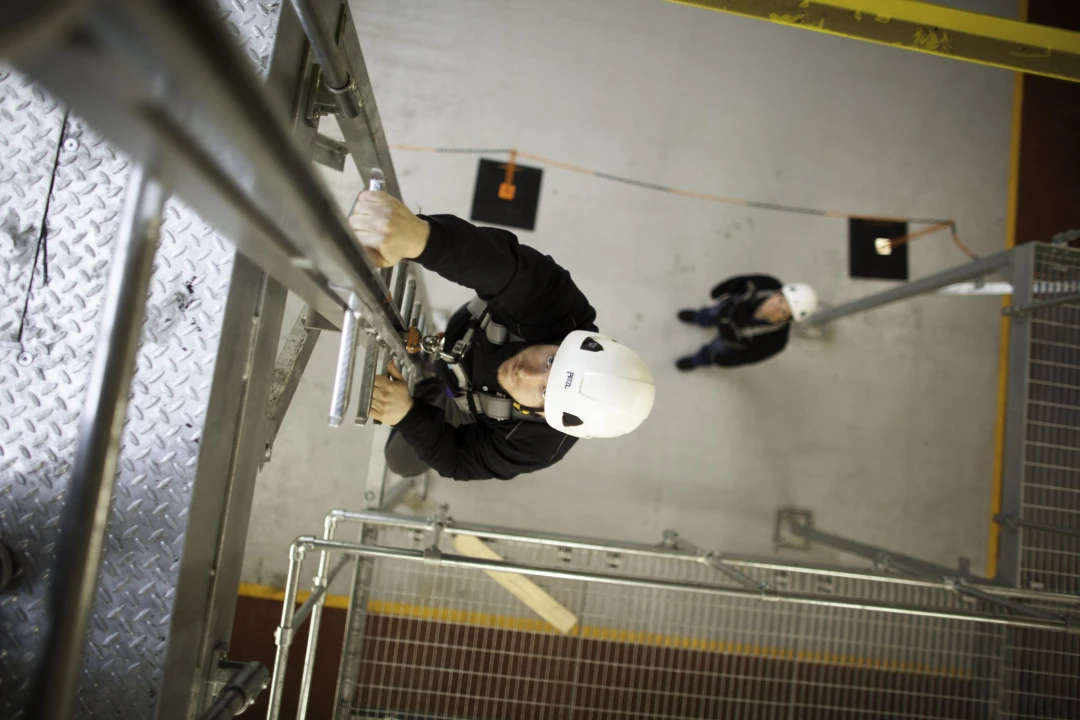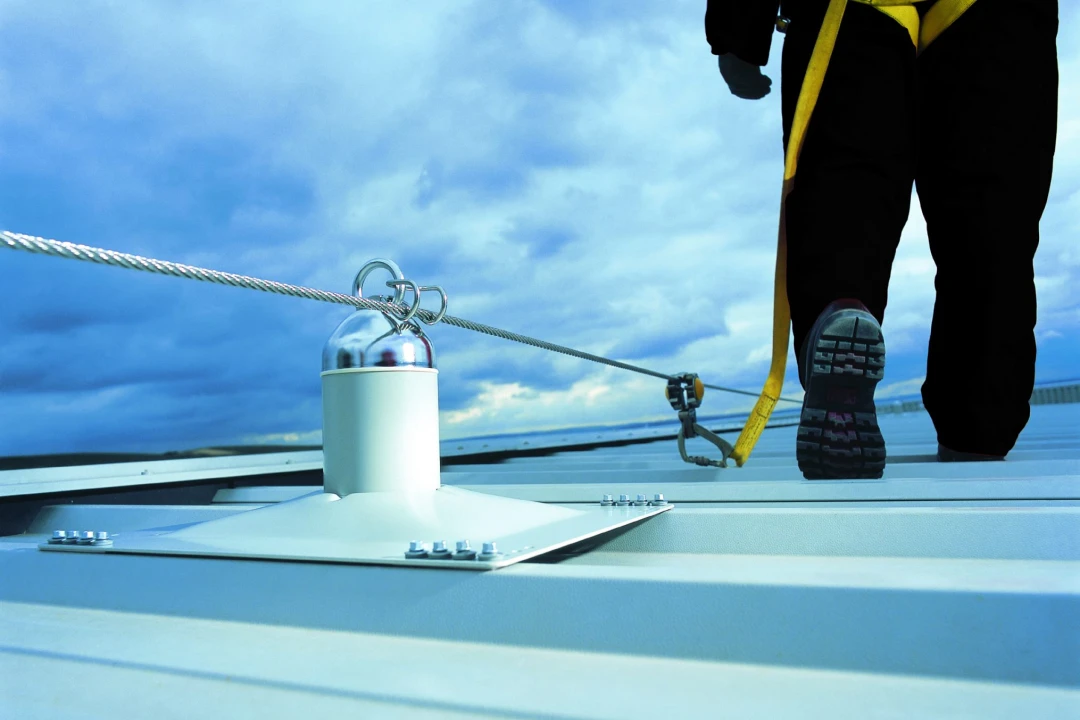

- Knowledge Base
- Blog
- Beware of fragile roofs
Beware of fragile roofs
Beware of fragile roofs
Falls from height are still one of the main causes of death and injury in the construction industry with roofers accounting for around a quarter of deaths. One of the issues faced by the construction industry is that the majority of people working on roofs are not trained roofers. For example, many people access a roof for other reasons, such as maintenance, checking air conditioning units, cleaning guttering and carrying out surveys, so it’s really important to ensure that anyone accessing a roof is fully trained and competent. The fact is, therefore, that too many workers still take unnecessary risks at height and accidents often happen when workers have not received the necessary training.
Health & Safety guidance through HSG33 identifies and addresses the main problems associated with falls from height, including falling through fragile roof materials and from unprotected roof edges. The guidance promotes roof safety by helping to identify the main cause of accidents and ill health, explaining how to eliminate the associated risks.
Fragile roofs are responsible for 22% of all fatal fall from height accidents. A fragile surface could include roof lights, non-reinforced fibre cement sheets, corroded metal sheets, glass (including wired glass), slates and tiles. The safest way to approach a roof is to assume it is fragile, until a competent person has proved otherwise.
HSE advises that you should not work near fragile materials. If you have no choice, then the area needs to be clearly identified and measures put in place to prevent or minimize the effect of a fall.
The following measures are recommended to reduce the risks from working on fragile roofs: work underneath the roof using a suitable work platform, where this is not possible, use a MEWP (mobile elevating work platform) to carry out the work, without the worker needing to access the roof. However, if access cannot be avoided, perimeter edge protection should be installed with staging to spread the load. If work is not taking place on the staging or platform with guardrails, then safety nets or a harness system should be used. If harnesses are employed, ensure there are adequate anchorage points and proper training and supervision is undertaken. Harnesses and lifeline systems must only be used if a worker is sure there is adequate clearance around the area.
Safe access must also be provided to prevent someone who is working near to or passing by fragile material from falling through. Demarcation or boundaries should be placed at least 2m from the fragile material and can be used to identify safe areas. As in all cases of work at height, training is essential.

Training and competency
Anyone working on a roof needs to have the appropriate knowledge, skills and experience to carry out the work safely and competently. Those who are less experienced will require supervision by a competent person. Competency is an ongoing process which is developed through work experience and regular training. Workers must be trained in all health and safety issues specific to their trade, including the risks they might encounter such as asbestos or fragile materials. Training for roof workers should ideally include the relevant health and safety disciplines, including Work at Height (covering the regulations, risk assessments, selection of work equipment and rescue training), PPE, ladders, MEWPs and PASMA in addition to more specialist areas, such as first aid, asbestos awareness, COSHH, risk assessor and fire safety.
Rescue training is a requirement for anyone who is likely to be involved with a rescue. Initial training should be carried out by the supplier of the rescue system and should include a simulated exercise to assess the trainee’s competence. Refresher training must be carried out every six months and should include an assessment of competence by carrying out a simulated rescue.
All our training courses can be provided either at customers’ own premises or at our training centre in Sheffield. Our training courses are designed to ensure businesses are compliant and risks to workers are being minimised. Fragile roofs are a potential hazard to health with a high risk of injury or fatality, therefore training ensures workers are aware of the risks and can minimize the risk of harm to themselves and their colleagues.
Learn more about...


















